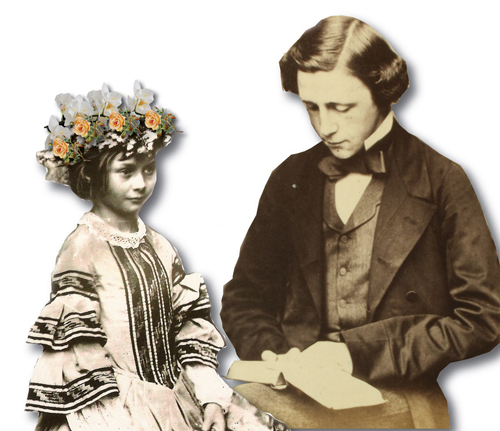
Johnny Depp and Mia Wasikowska are scheduled to reprise their roles as the Mad Hatter and Alice, respectivamente, in Disney’s Alicia en el País de las Maravillas 2 el 27 de mayo, 2016. Desafortunadamente, la secuela del éxito de taquilla original (la sexta película en ganar más de $1 mil millones en todo el mundo) será, in the words of the White Rabbit, ser “late”. It will be late to join in the global, eventos nacionales y locales siendo orquestadas por la Sociedad Carroll Lewis de América del Norte (LCSNA) en el otoño de 2015 to celebrate the 150th anniversary of the publication of Carroll’s beloved Las aventuras de Alicia en el País de las Maravillas.
The new opera fantasy in two acts, Alice – Aventuras en el País de las Maravillas, por Gary Bachlund (compositor, co-libretista) y Marilyn Barnett (co-libretista), espero que no será “late”. Bachlund is known and respected on the stages of the most prestigious opera houses in the world. Since his Carnegie Hall debut as a singer in 1986, ha aparecido en el Metropolitan Opera, la Ópera de Los Ángeles, Washington Opera, Opera de París / Bastille, Teatro Real (Madrid), Ópera de Frankfurt, Welsh National Opera, Scottish National Opera y L'Opera de Montreal, para nombrar sólo unos pocos. He is also a prolific composer and has written over 1,200 art songs and lieder to texts in many languages, as well as other choral and chamber works.
Alice is his first full-length opera. Sitting somewhere between opera, opereta, and musical theater, the melodic and lyrical elements are emphasized, with memorable and singer-friendly arias, ensembles, and orchestration. “The work is of a melodic sweetness that Reverend Dodgson or for that matter, the young Alice would have thoroughly enjoyed,” comments Mark Burstein, President of the Lewis Carroll Society of North America. The piece, que incluye tanto Las aventuras de Alicia en el País de las Maravillas y A través del espejo, está escrito para ser realizado en conjunto o por separado en escena con trajes y conjuntos, semi-etapas con proyección, o realizado en concierto.
Tuve la suerte de conseguir un adelanto de la nueva ópera, Alice (http://www.youtube.com/watch?v=IEpx8ntjGUA&feature=youtu.be) y charlar con su talentoso compositor, DR. Gary Bachlund.
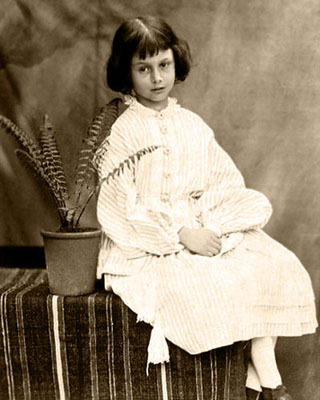
Gary, dime cómo se convirtió en un compositor?
Prior to traveling around the world as a singer, I dabbled with composing a few things. With my travels, I made souvenirs for myself, picking up an interest in a poet or poem and translating them into song, or sometimes composing an instrumental work. In parallel with a career as singer, I returned to UCLA and took graduate and post-graduate course in composition and theory, earning a PhD, rather unusual for an opera singer, much less a tenor! At the end of my career as singer, I’d amassed a portfolio of work and thought to share it freely with others. This ranges now from over a thousand art songs in a number of languages, organ and piano works, chamber music and more. Retired now, I find this time in life most luxurious in terms of having time to invent and then invent some more.
What or who were your earliest influences?
My earliest positive influences were teachers Dorothy Fries and Florence Jolley, composer and orchestrator Eugene Zador, as well as the many composers whose works I’d sung since a child. Some early negative influences steered me away from the modern avant garde of which there is enough and more than enough. The earliest influences as regards music come from choral work as well as organ works I heard when young.
Tell me about your Alice opera – what inspired you to write the opera? Y por qué Alice?
I have repeatedly re-read a number of so-called children’s books as an adult. There is much in the fancy-filled literature for adults, and Carroll’s work is atop that list. El propio Dodgson escribió que imaginaba su trabajo como teatro musical — un “opereta”. A number of versions take some portion of the text, or truncate too much or, En mi opinión, lose focus on the whole. Dodgson saw a complete “operetta.” I hope we have complied, for in fact most of the libretto is Carroll, plain and simple. It is of course edited for time, but with the utmost respect for his art.
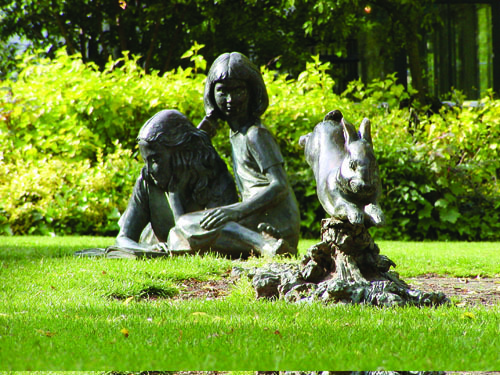
¿Cómo describiría las influencias musicales en Alice? What kind of audience do you think will appreciate it most and why?
La tradición británica de Purcell adelante en la actualidad me era familiar, y la idea de emplear tantos estilos y formas de esta historia musical apelaron. Además hay en nuestra Alice mucha melodía y buen humor, tanto en las porciones de las maravillas y espejo de la obra. Como cantante largo de mi vida, Escribo para voces, estar enamorado de las cosas mágicas que pueden hacer y retratar. Las partes son atentos para cantantes con eso en mente. Creo que el público apreciará el tunefulness de la puntuación.
¿Qué tan difícil es para invernaderos o casas de ópera para producir esta ópera? What’s involved from sheet to stage?
Estamos en una época de austeridad económica, al igual que en Europa muchos teatros’ subsidios del gobierno están bajo presión, mientras que en los Estados, los costos de producción de nuevas obras puede ser desalentador. Además, cortesía de la tendencia a la vanguardia y la experimentación en el teatro musical, muchas obras se han producido, sin éxito,, not found a consistent audience and such productions, scrapped after a premiere run, have sapped financial underwriting for more and newer. It was our thought to make a work that would not be too expensive in terms of staging. What is involved from the notes to a performance is much, from casts and orchestra costs to set design and construction, and details of which many are unaware. I hoped to compose a work popular enough for repeat performances and audiences wishing to return again to it over time. This is of course the case with the central repertoire of the opera world today. This is why I have revised it for a small chamber orchestra: 2 oboes, 2 horns, a single percussionist, harp, piano and strings, with some exposed writing for the solo violin. One might perform the work with such a small ensemble or use multiples for the strings in a more lavish production setting. I also could imagine costumed singers with backdrops being nothing more than projections from perhaps the Tenniel illustrations, or others as one might choose. The text and characters remain the central focus, desde mi punto de vista.
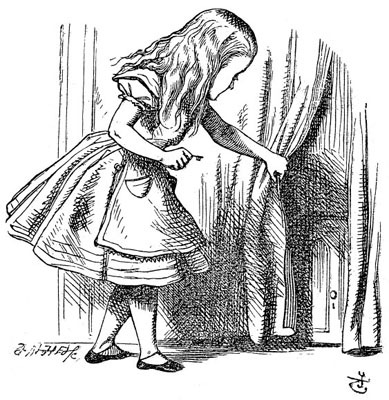
What are some of your favorite arias in the work?
I dare not say. The work is filled with melody and good fun. A skirt role for the Queen of Hearts, sung by a baritone or bass baritone. Tweedledee and Tweedledum as dueling tenors with a duet for them, verses rising by half step across the span of an octave. Alice’s Jabberwocky, its gestures and textures in part recalling the accompaniment to silent movies, as one of my friends of many years was among the last of that breed of artist. Some of Carroll’s text, for Carroll plays his own part in the opera, are taken from his letters, and of course as much of the poetry as possible had to be set to music, didn’t it?
Gary, why are creators still fascinated with Carroll’s Alice story almost 150 years after it was first published?
There is something therein for adults as for children, with fantastic, fanciful characters, clever rhyme and parodies, layered commentary on life and society, all bound up with a child’s huge enthusiasm for life. This alone explains the many illustrators who have shown us what Carroll put into words. This explains the scholarship as digging into its creative mysteries is an as yet unending subject for inquiry and speculation, and societies dedicated to advancing the work into future generations. Illustrations moved from static pictures to motion pictures and animation, even to parodies, spoofs and rip-offs. There is no single answer, for there are many answers and the answer remains “why is a raven like a writing desk?”
Para obtener más información acerca de Alice – La nueva ópera: http://www.bachlund.org/Alice.htm
Para más Artículos de Alicia
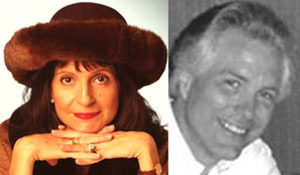
All Photos are courtesy of The Real Alice in Wonderland book and Gary Bachlund
C. M. Rubin es el autor de dos ampliamente leído serie en línea por la que recibió un 2011 Premio Upton Sinclair, “La Búsqueda Global para la Educación” y “¿Cómo vamos a Leer?” Ella es también el autor de tres libros más vendidos, Incluido The Real Alice in Wonderland.
Siga C. M. Rubin en Twitter: www.twitter.com/@cmrubinworld

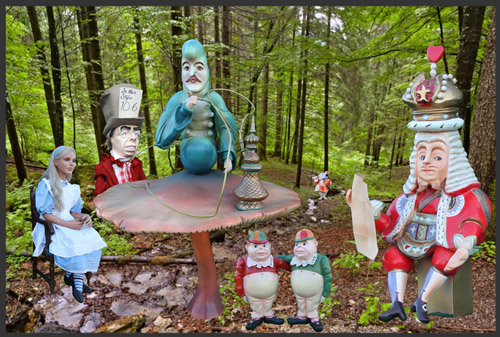
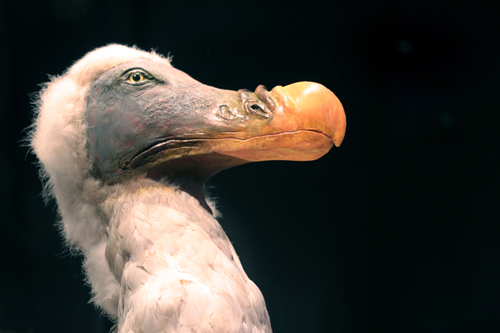
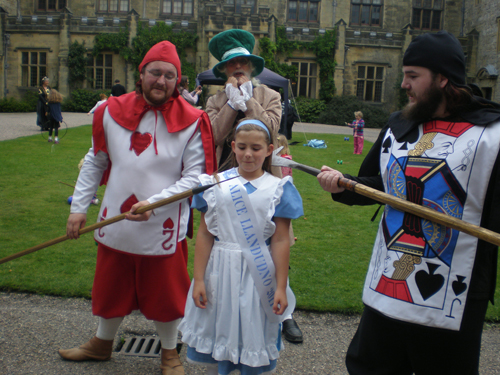
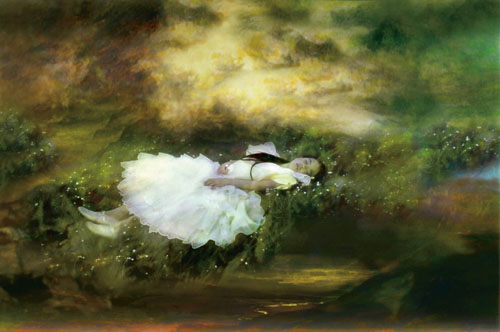
Comentarios recientes